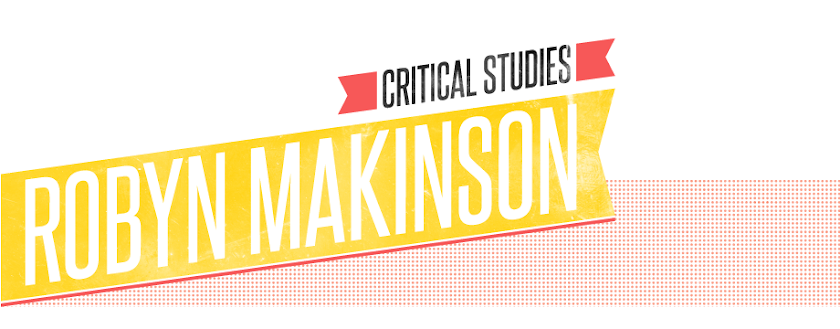Monday 30 November 2009
Paraphrasing
In the early twentieth century art was revolutionized and a new direction, one driven by 'self expression', was chosen. Art was now focused on the surroundings and different environments rather than the person or group of people featured in that environment, an approach that had never been seen or heard of before. Artists like Caillebotte and fellow French artists were leaders of this new style. As a result of this Paris remained pre-eminent in the movement, however other countries began to gradually embrace the new including Germany, Italy and Russia. Yet each country's interpretation remained strikingly different. This could possibly have been related to the three related moments in modernism. Modernization refers to machinery and technological advances, modernity is in reference to the individual experiences of the public during social change and lastly Modernism refers to the reflection of the new in its representation. With the influx of the modern, one half of society feared detachment from reality and artificial life replacing real life, whilst the other half where emphatic with exhilaration. Interestingly there was also a third point of view that relied more on understaning and knowledge of find the cause of modernization. In regards to the art world there where few artists who felt they needed to decode the modern world and change it in somehow. On the other side there were artists who wanted to sit back and where convinced art must transform itself. This difference in opinion remains prominent to this day especially in regards to the creation of ambitiuos art in the modern world.
Sunday 8 November 2009
First Task
 Advertisement for the "Uncle Sam" Range,
Advertisement for the "Uncle Sam" Range, Shumacher & Ettlinger, 1876
 Recruitment Poster, Savile Lumley, 1915
Recruitment Poster, Savile Lumley, 1915Schumacher and Ettlinger’s 1876 advertisement for a cooker is the first image we looked at. It immediately strikes me as portraying the American dream, and incorporates a large amount of American paraphernalia. Ranging from the Bald Eagle at the dinner table to the American flag emblazoned on everything in the room, including curtains, flooring and the clothes on the family’s backs. The date in which this poster was created is incredible important, 1876. 100 years after America gained independence and this poster is clearly self-celebratory, almost saying ‘look how far we’ve come?’ The figure in the centre of the image is Uncle Sam, a figurehead and a symbol for all things proud and brave. The presence of this character is clearly used to gain the attention of passers by. In terms of a target audience for this particular poster, I would say that it is aimed at the lower middle classes. I think this as they are most impressionable group of people, and upon seeing an image like this they would instantly want to emulate the scenario and would therefore go out and buy the cooker. However, I also think that the poster was never intended to be used anywhere outside of the country, for it is actually quite offensive, maybe even racist. For example on the bill it implies that all the Irish eat is potatoes and the Chinese eat bird’s nests and grasshoppers. In terms of the type used, it again portrays the all-American idea. It’s bold and proud and the kind of type that you would find in a traditional Saloon bar and on the Letterman jackets of modern day high schools. In conclusion the poster would have been appealing to an American audience but does remain quite contradictive, in saying they are open to the rest of the world but prejudice still remains rife in their own country, e.g. the presence of the slave.
The second poster created by illustrator Savile Lumley would have been used for propaganda purposes at the start of the First World War. Conscription had not been introduced yet and the armed forces where obviously low on volunteers, therefore they decided on emotional persuasion for new recruits. Projecting into the future the text at the bottom of the poster implies that the man is ashamed to tell his children he didn’t do anything for his country, almost communicating to the viewer ‘don’t make the same mistake I did’. It also implies that by signing up and fighting for the country, there would be rewards and your name would go down in history. In terms of connection with the first image I would say they are both targeted at the same audience. With this one it’s saying ‘think of what you could be’ and implying any soldier would become a hero. The almost demotic text used at the bottom of the image glamourises the war by using ‘great’ and the capitalisation and underlining of ‘you’ obviously plays on the heartstrings. Other subtle hints of patriotism are rife in the poster, for example: the red rose, toy soldiers and presence of the fleur-de-lys on the upholstery of the couch.
Subscribe to:
Posts (Atom)
